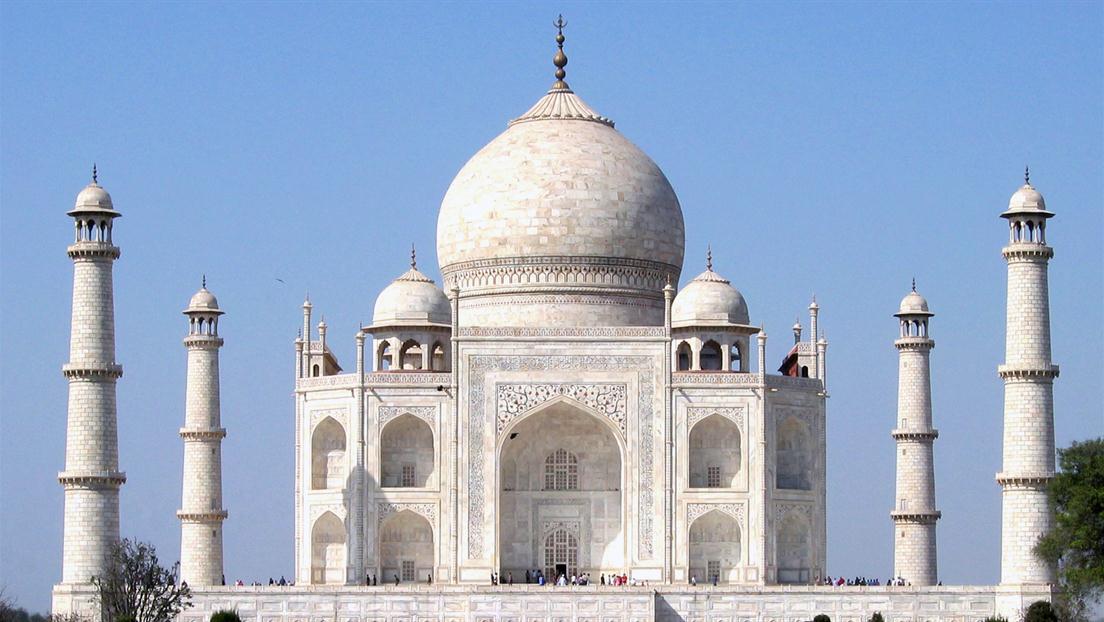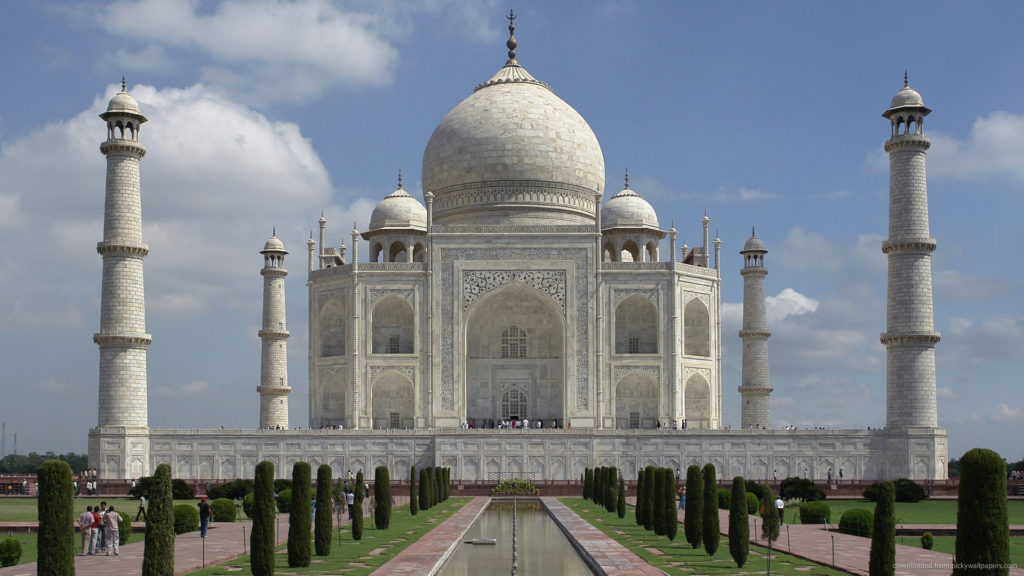
Maharashtra chief minister Devendra Fadnavis’s announcement last week to set up an urban arts commission for Mumbai is well intentioned. But it comes at an odd time. Several leaders of his party, the BJP, at the national level have shown little respect for some of the finest monuments of the country and now party MLA Sangeet Som calls the Taj Mahal a blot on Indian culture.
So what kind of aesthetics and arts and environment are envisioned in the proposed commission ?. The government seems to have done little thinking on it and is banking on inputs from citizen activists in areas like heritage preservation and public spaces .
I attended a `brain storming session’ on the subject in the Mantralaya area last Monday and later while walking in the area realized that what the city basically need, to start with, is stopping the uglification of the city that has been going on for a long time. Beautification can come in later.
Right behind Mantralaya, the MLAs’ hostel and Akashvani building present a miserable sight. The view of Akashvani building was blocked by several objects including a big hoarding of BJP MLA Sudhakar Deshmukh celebrating his birthday. There are some food stalls which are quite shabby. Am not objecting to their presence. But all such stalls can be easily maintained better since they obviously make a lot of money if you look at their turn-over and customres and surely they can maintain the surroundings much better.
There are a number of clumsy stationery shops and photo copying facilities in the narrow open space in the MLAs’ hostel which has very little setback and that would make it difficult for the fire brigade to fight a fire here.
A building next to MLAs’ hostel HDFC House has a good aesthetic front with two murals on either side, both apparently of M.F. Husain, but only one of them bears his signature in Devnagari script. I asked an employee about the mural and he proudly said he had no interest in art whatsoever.
Half of the road between Mantralaya and Churchgate station is disfigured and blocked but no complaints about that as Metro railway construction work is going on there and numerous areas in the metropolis.
Unfortunately, the aesthetics of Mumbai is being seen mainly in terms of colonial era buildings and preserving them. The heritage movement led by well meaning upper class citizens has done good work , far better than Chennai and Kolkata. So, Jayalalitha as chief minister of Tamil Nadu could brazenly announce a plan to demolish the 88 year old Queen Mary’s college on 30 acres at Marina in 2003 to build a new secretariat on the land. Citizens forced her to give up but in Mumbai a chief minister would not dare to be so brazen because of the heritage movement. Unfortunately, much of upper class concern is about preserving old, beautiful buildings in south Mumbai and there is little attempt to look at street and footpath maintenance and aesthetics.
Some activists at the discussion held at the Observer Research Foundation insisted that these basics and public spaces rather than buildings need to be treated on a priority basis. The enormous neglect of infrastructure for ordinary people has hit home for the powers that be only because of the stampede that killed 23 commutes at Elphinstone road station last month.
Cleanliness is essential for aesthetics. John Ruskin, the 19th century thinker declared that a clean sewer was far nobler than the finest painting of Madonna. He made the observation in the context of London which was exceedingly dirty in the 19th century with its great stink, dirty sewers cesspools and the dung of thousands of horses, the main source of for transportation . The great sanitary reforms in the 19th century paved the way for the transformation of modern London. Charles Dickens, the distinguished novelist, was in the forefront of the sanitation movement. Similarly, the revival of the dirty Thames river, has been a major positive factor. In 1957 the Natural History museum had declared the Thames biologically dead. Its cleaning has seen the return of several varieties of fish and helped transform London substantially.
So Mumbai would better begin by focusing on sanitation and then move on to other aspects. Cleaning the Mithi river, the open dirty, nallahas, sewers even amidst prominent areas in Bandra, Kalina, Andheri and elsewhere should be high priority. All this does not need legislation. What we have predominantly now is the phenomenon of private luxury amidst public squalor that John Galbraith, the economist, pointed out.Our elite invokes Paris but is unconcerned with the shabby surroundings even in corporate, business districts. An interior designer foreign company proudly displays the name Paris with its brand name in India Bulls building which looks so incongruous in the squalid area around it on Senapati Bapat Marg amidst shiny, corporate high rise buildings.
Using existing laws wisely and objectively would help. How could the terrible high rise of the son of Manohar Joshi, former chief minister, be allowed to come up opposite the Shiv Sena Bhavan itself and in such a congested area ?
The road is so narrow it simply cannot cope with the high turn around of cars that the high rise would entail. The project is now stalled for several years and the city has lost what would have been an excellent public space in place of the closed nationalized textile mill.
Mumbai is 40 years behind Delhi in forming the urban arts commission. One reason Delhi is much better maintained is that it receives heavy funding and clearly its artisans are far superior. The workmanship of buildings and public spaces and streets in Mumbai is very shoddy which is such a pity. Mumbai should draw talent from all over for the project as architect Abha Lamba has pointed out. Charles Correa of Mumbai used to be the chief of the Delhi commission and she has worked on several projects in Delhi.
If only we use the huge number of architecture students in Mumbai for preparing studies and making reports and the city make other concerted efforts it should not be difficult to save Mumbai. The bureaucracy needs to adjust to realities. The government has almost no talent inhouse when it comes to aesthetics of any kind. There is a serious need to shed egos and have a serious dialogue with citizen activists, and please, not just the elite sections.
We have some very good people in civil society but we must remember that there is a much bigger world outside, beyond the confines of upper class south Mumbai. There is so much open contempt for people , even rich people living beyond Worli. It is much worse for the masses in Dombivali or Vasai. The suburbs contain a majority of the population and these have been seriously neglected all these years. This is criminal. Newly developed suburbs should have had better planning as they had more space but the politicians and bureaucrats have miserably failed the people and so infrastructure is very poor.
Vidyadhar Date is a senior journalist and author of the book Traffic in the era of climate change. Walking, cycling, public transport need priority













































